Retin-A, known generically as tretinoin, has become a cornerstone in dermatological skincare for individuals seeking to reduce the appearance of dark spots, treat acne, and rejuvenate the skin. As a topical derivative of vitamin A, this prescription-strength retinoid has demonstrated profound effects on cellular turnover, collagen production, and pigmentation regulation. For those exploring how to use Retin-A effectively, particularly for conditions like hyperpigmentation and breakouts, understanding the science, application techniques, and safety considerations is essential.
You may also like: How to Choose Skin Care for Fine Lines: Evidence-Based Tips for Healthier, Younger-Looking Skin
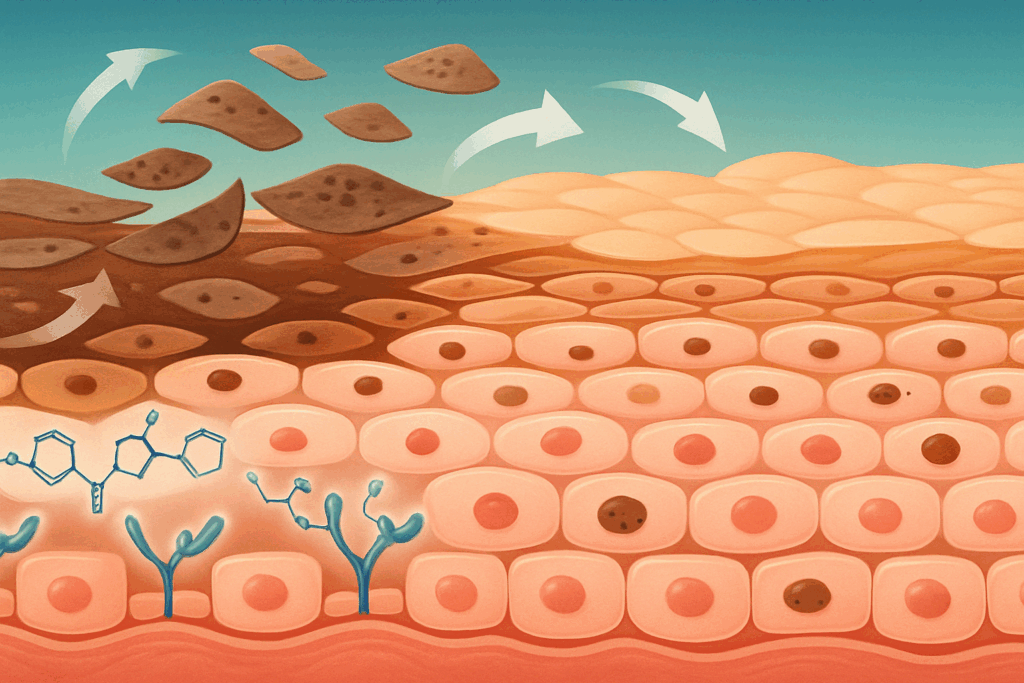
Understanding Retin-A and Its Mechanism of Action
Tretinoin, the active compound in Retin-A, functions by accelerating skin cell turnover. This process sheds older, pigmented keratinocytes on the skin’s surface and brings forth newer, healthier cells more quickly. Unlike over-the-counter retinoids, tretinoin (also referred to as retin a and tretinoin) binds to specific nuclear receptors in skin cells, influencing gene expression and promoting epidermal renewal. As a result, Retin-A cream for pimples and hyperpigmented spots offers a dual benefit—treating acne by preventing clogged pores and fading discoloration by dispersing melanin clusters.
The molecular strength of tretinoin requires careful application. It is not a moisturizer or an instant fix but a long-term dermatological therapy supported by decades of clinical evidence. The efficacy of tretinoin for dark spots has been repeatedly confirmed through randomized controlled trials, especially when combined with sunscreen and complementary skincare agents like hydroquinone or niacinamide. However, to harness its full benefits, individuals must know how to use Retin-A cream appropriately and consistently.
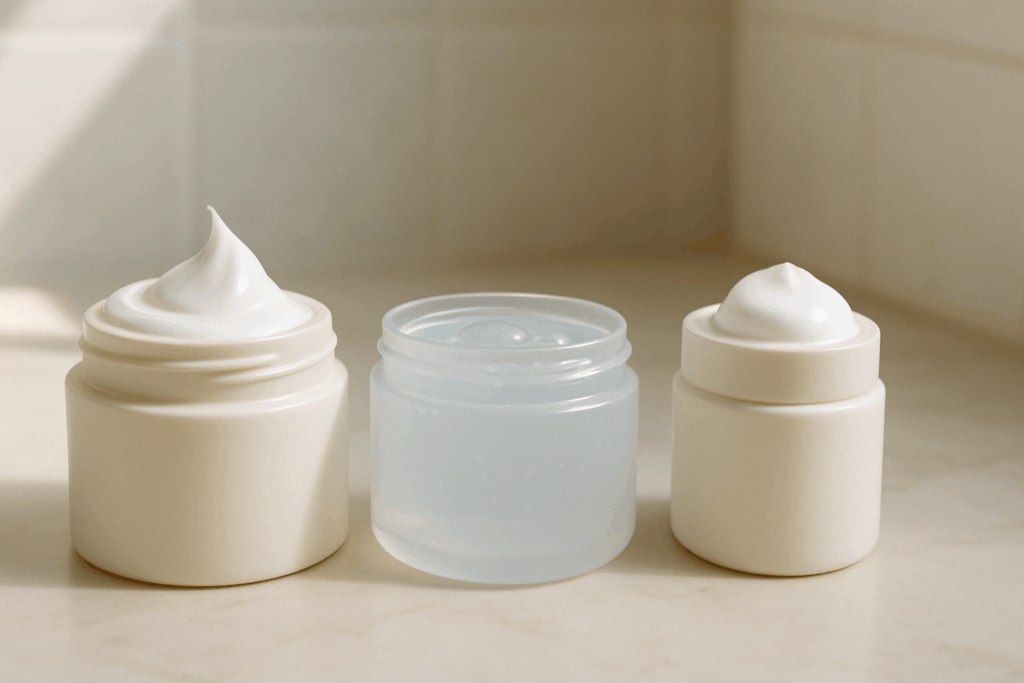
Differentiating Between Retin-A Forms: Cream, Gel, and Tretinoina Crema
Retin-A is available in several formulations, each catering to different skin types and therapeutic needs. The most common options include Retin-A cream, Retin-A gel, and tretinoina crema—a Spanish-language label for the same active compound. The cream formulation tends to be more moisturizing and is often recommended for dry or sensitive skin. In contrast, Retin-A gel has a lighter consistency, making it preferable for oily or acne-prone skin, where heavier creams may exacerbate comedones.
Tretinoina crema, widely prescribed in Latin America and parts of Europe, follows the same pharmacological principles as Retin-A cream. However, some regional formulations may contain different bases or concentrations, which can influence absorption and tolerance. Regardless of the variation—be it retin crema or topical tretinoin retin a—the active ingredient remains consistent, and so do the fundamental guidelines for safe use.
For those new to topical tretinoin, choosing the right formulation often hinges on skin sensitivity and the primary dermatological concern. A dermatologist may recommend starting with a lower strength (0.025% or 0.05%) and titrating upward as skin tolerance improves. This gradual approach reduces the likelihood of irritation while optimizing the long-term outcomes.
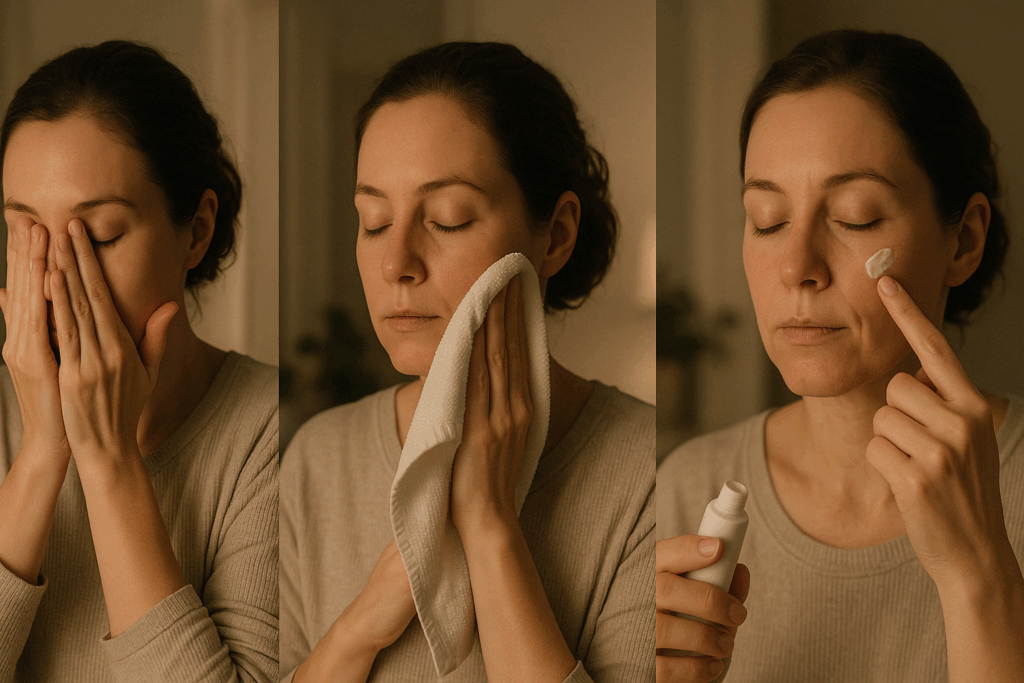
How to Use Retin-A Cream for Maximum Effectiveness
Proper application of Retin-A cream is crucial for minimizing side effects and enhancing therapeutic outcomes. Begin with a freshly cleansed, completely dry face—residual moisture can increase skin permeability and elevate the risk of irritation. A pea-sized amount of retin a tretinoin cream should suffice for the entire face. Dab it onto the forehead, cheeks, nose, and chin, then gently spread it using upward strokes.
It’s advisable to apply Retin-A cream at night because tretinoin is photolabile and degrades when exposed to sunlight. During the day, a broad-spectrum sunscreen with SPF 30 or higher is non-negotiable, as the skin becomes more photosensitive under retinoid treatment. Neglecting this step can paradoxically worsen hyperpigmentation, undermining the very goal of using tretinoin for dark spots.
Consistency, rather than frequency, determines success with tretinoin. Most dermatologists recommend beginning with alternate-night applications to allow the skin to acclimate. Over time, the frequency may be increased to nightly use as tolerated. During the adjustment period, users may experience dryness, flaking, or redness—known collectively as the retinoid reaction. These side effects are typically transient and signify that the active ingredient is working at the cellular level.
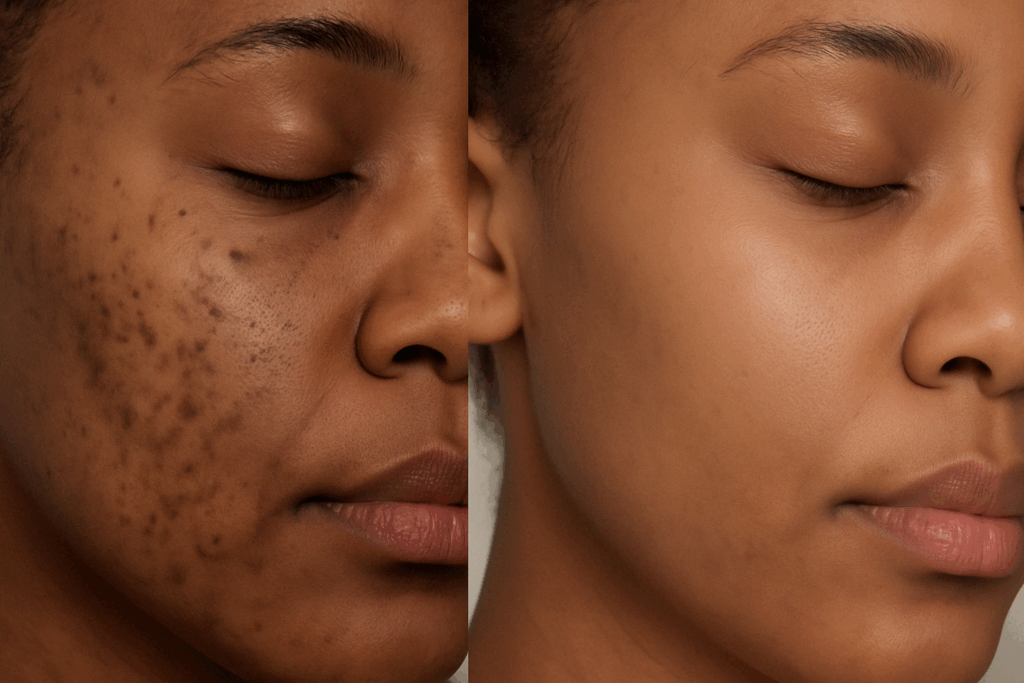
Retin-A for Dark Spots: Evidence-Based Benefits and Clinical Considerations
One of the most compelling uses of Retin-A is for the treatment of hyperpigmentation, particularly post-inflammatory hyperpigmentation (PIH) that follows acne or eczema flare-ups. The question, “does tretinoin help with dark spots?” has been answered affirmatively in numerous dermatological studies. Tretinoin not only accelerates the exfoliation of pigmented skin layers but also inhibits tyrosinase, the enzyme responsible for melanin synthesis.
When using Retin-A for dark spots, results may become visible after six to twelve weeks of consistent use, though deeper pigmentation may require longer treatment durations. Combining tretinoin with other agents such as azelaic acid, vitamin C, or chemical exfoliants like glycolic acid can enhance results, but such combinations should be approached cautiously and ideally under medical supervision to avoid excessive irritation.
Individuals with darker skin tones often hesitate to use retinoids due to concerns about irritation-induced hyperpigmentation. However, when used correctly—with a focus on hydration, barrier repair, and sun protection—Retin-A can be safely incorporated into melanated skin regimens. It is essential to balance its exfoliative effects with supportive ingredients like ceramides, panthenol, or hyaluronic acid to prevent barrier disruption.
Managing Acne with Retin-A: A Proven Approach to Clearer Skin
Retin-A cream for pimples is one of the most widely prescribed treatments for both comedonal and inflammatory acne. Its comedolytic action prevents the formation of new whiteheads and blackheads by normalizing desquamation within the follicle. Additionally, tretinoin has anti-inflammatory properties that reduce redness and swelling associated with active breakouts.
Initial breakouts, often referred to as the “purge,” are a known phenomenon when starting tretinoin. This occurs as microcomedones are brought to the surface more rapidly, leading to a temporary flare-up. While distressing, the purge is usually short-lived and resolves within the first few weeks of treatment. Understanding this process helps users remain patient and committed to their regimen, knowing that improvement is on the horizon.
Beyond its short-term acne benefits, tretinoin also provides long-term improvements in skin texture and tone. The cumulative effect of enhanced collagen synthesis and regulated sebum production makes it one of the few acne treatments that also addresses residual scarring and uneven pigmentation. Dermatologists often include retin a and tretinoin as a core part of acne protocols, particularly for adult patients managing both breakouts and signs of aging.
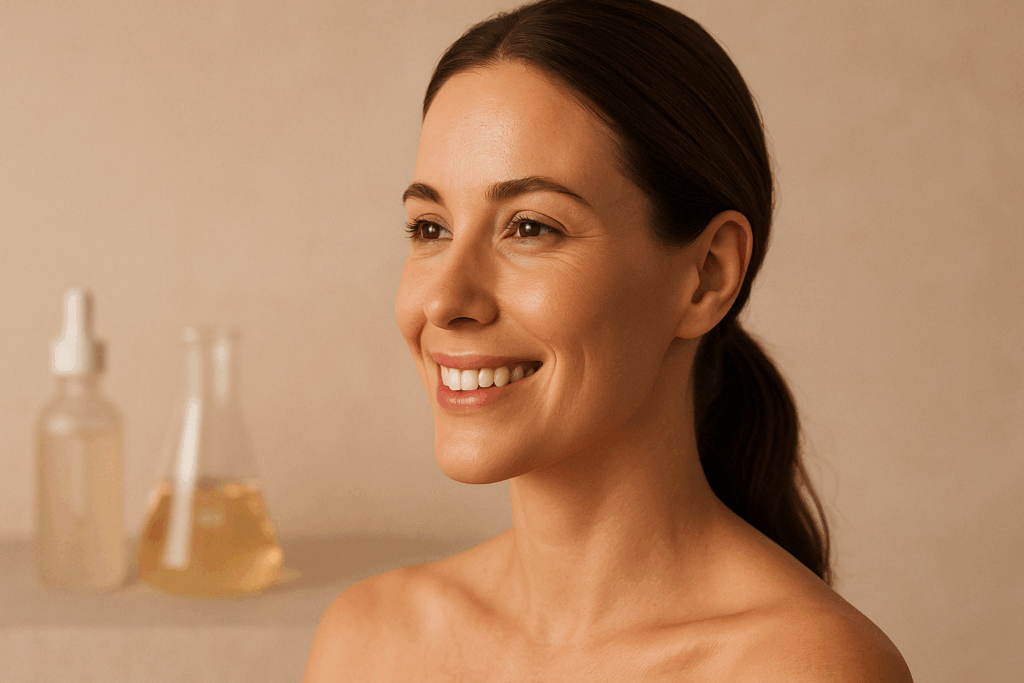
Is Tretinoin Prescription Only? Navigating Access and Regulation
For those wondering, “is tretinoin prescription only?” the answer depends on regional pharmaceutical regulations. In the United States and many parts of Europe, topical tretinoin retin a is indeed a prescription medication, requiring a consultation with a healthcare provider. This ensures that patients receive personalized guidance and monitoring, especially during the critical early stages of use.
However, in several countries—including Mexico and some parts of Asia—tretinoin is available over-the-counter under names like retin crema or tretinoina crema. While this accessibility expands user autonomy, it also raises concerns about misuse and adverse reactions due to a lack of professional oversight. Improper use, such as applying too much too soon or skipping sunscreen, can lead to significant irritation and pigmentation issues.
As telemedicine expands, more users are accessing tretinoin through digital dermatology platforms that provide virtual consultations and prescription services. This evolution in care delivery improves access while maintaining safety standards, ensuring that even first-time users of retin a tretinoin cream receive medically sound advice.
Understanding the Retin-A Cream Before and After Experience
Photographic comparisons of Retin-A cream before and after usage often reveal dramatic transformations—fewer blemishes, smoother texture, and reduced pigmentation. However, these visual changes are the result of months of consistent application and adherence to a comprehensive skincare routine. The early phase of treatment may involve redness, peeling, or heightened sensitivity, all of which are normal but may be discouraging for those seeking immediate results.
To manage expectations, it is crucial to educate users on the timeline of improvement. Skin turnover cycles average around 28 days, and tretinoin enhances this process but does not override it entirely. Most dermatologists advise waiting at least three months before evaluating the full effects of treatment, particularly when addressing complex concerns like melasma or cystic acne.
The emotional impact of skin changes should not be underestimated. For many, the visible improvements seen in Retin-A cream before and after photos reflect more than cosmetic enhancement—they signify a restoration of self-confidence. In clinical settings, dermatologists often use these images to document progress and encourage adherence, helping patients remain committed through periods of adjustment.
Tretinoin Benefits for Skin Beyond Acne and Pigmentation
While most commonly associated with acne and hyperpigmentation, the benefits of tretinoin extend to broader aspects of skin health and aesthetics. Research has shown that topical tretinoin retin a increases dermal collagen production, improves skin elasticity, and reduces the appearance of fine lines and wrinkles. These anti-aging effects have earned Retin-A a reputation as a gold standard in preventative dermatology.
Tretinoin’s capacity to enhance skin luminosity and uniformity also makes it a preferred treatment for photoaged skin. Over time, it helps reduce solar lentigines (sun spots), rough patches, and overall dullness. Many dermatologists recommend incorporating tretinoin into anti-aging regimens starting in the mid to late twenties, not only for treatment but also for prevention.
Additionally, there is emerging interest in the role of tretinoin in treating precancerous lesions such as actinic keratoses. While not a replacement for procedural interventions, its ability to normalize keratinocyte maturation and reduce atypical cell proliferation supports its use as an adjunctive therapy. These expanding applications further validate the versatility and long-term benefits of this remarkable molecule.
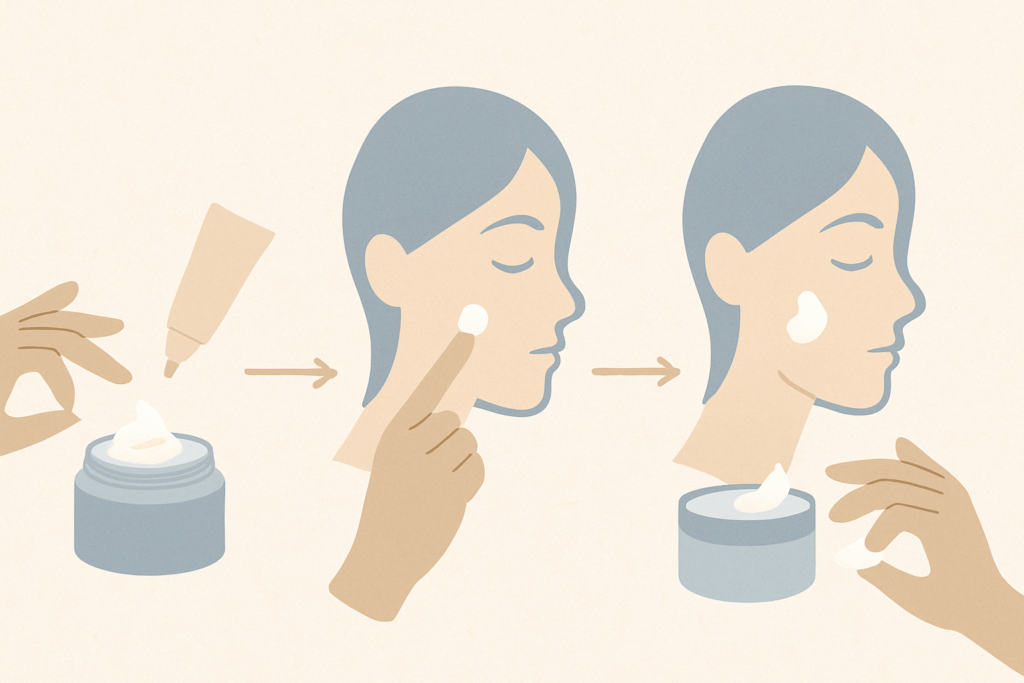
How to Use Retin-A Cream Safely: Dermatologist-Approved Strategies
To ensure safety, it is vital to approach tretinoin use with respect for its potency. Dermatologists emphasize the importance of starting slowly—perhaps applying every third night initially—and using a moisturizer immediately after to buffer irritation. This method, known as the “retinoid sandwich,” involves layering moisturizer before and after tretinoin application, reducing transepidermal water loss and skin barrier disruption.
Patients with a history of eczema, rosacea, or extremely sensitive skin should consult a dermatologist before initiating treatment. In such cases, a milder retinoid or alternate therapy may be more appropriate. For those proceeding with Retin-A, integrating hydrating serums, barrier-repair creams, and gentle cleansers into the routine supports tolerance and reduces the likelihood of adverse effects.
Moreover, tretinoin should never be used in conjunction with other potentially irritating ingredients such as benzoyl peroxide, alpha hydroxy acids, or mechanical exfoliants without professional guidance. These combinations can exacerbate dryness and compromise skin integrity, delaying progress rather than accelerating it.
Emphasizing the use of sun protection cannot be overstated. A broad-spectrum SPF is essential not only to prevent UV-induced damage but also to protect the skin’s progress. Without it, the photosensitivity induced by tretinoin can lead to further pigmentation issues, especially in individuals with Fitzpatrick skin types IV to VI.
Frequently Asked Questions: How to Use Retin-A Cream for Dark Spots and Acne
1. Can I use Retin-A cream with other active ingredients like vitamin C or salicylic acid?
Yes, but with caution and timing. While topical tretinoin retin a can be combined with other active ingredients such as vitamin C or salicylic acid, it’s critical to stagger their application to avoid irritation. For example, many dermatologists recommend applying vitamin C in the morning and Retin-A at night to reduce the risk of compounding skin sensitivity. If you’re using products with exfoliants like salicylic acid, it’s best to alternate nights or space applications to prevent barrier disruption. Understanding how to use Retin-A in conjunction with other actives not only improves efficacy but also helps prevent common side effects like redness and peeling.
2. How should I adjust my skincare routine when starting tretinoina crema for the first time?
When incorporating tretinoina crema into your regimen, simplicity and moisture are key. Start with a gentle cleanser, a non-comedogenic moisturizer, and sunscreen in the morning. At night, apply moisturizer before and after tretinoin (a technique called the “retinoid sandwich”) to buffer irritation. Over time, as your skin adjusts, you may reduce buffering steps, but initially, they help minimize the intense dryness often seen with retin a tretinoin cream. The goal is to allow your skin to build tolerance gradually while reaping the long-term benefits of topical tretinoin retin a.
3. What should I expect if I stop using Retin-A after long-term use?
Discontinuing Retin-A doesn’t immediately reverse its benefits, but over time, cellular turnover slows, and previous skin concerns may reemerge. Fine lines may gradually reappear, and pigment irregularities can return, especially if sun protection is not maintained. Individuals who stop using Retin-A for dark spots often notice duller skin and a resurgence of uneven tone within a few months. While it’s not dangerous to stop usage, consistent application is crucial for maintaining the structural and pigmentary improvements that tretinoin delivers. This underscores why learning how to use Retin-A cream properly is about long-term commitment rather than short-term correction.
4. Are there psychological effects associated with visible improvements from Retin-A cream before and after results?
Yes, psychological benefits are often underappreciated yet impactful. Many users report increased self-confidence and reduced social anxiety after seeing retin a cream before and after transformations. This is particularly true for individuals who struggled with persistent acne or post-inflammatory hyperpigmentation. When tretinoin for dark spots leads to clearer, more even-toned skin, the shift in self-perception can enhance quality of life, social interactions, and even professional confidence. These mental health improvements illustrate why the integration of retin a and tretinoin into dermatological care also fits within a broader wellness and self-esteem narrative.
5. Is Retin-A gel more effective for oily or acne-prone skin than the cream?
Retin-A gel typically contains a higher concentration of alcohol-based solvents, which can be beneficial for oily skin types because it reduces excess sebum without clogging pores. In clinical practice, retin a gel is often preferred for patients experiencing persistent breakouts, as it penetrates the skin quickly and avoids the heavier emollient base of creams. However, its drying nature means it’s less ideal for those with sensitive or combination skin. The key difference lies not in the active ingredient but in the vehicle that delivers it—choosing between gel and retin crema should be guided by skin type and tolerance. Regardless of format, users must still understand how to use Retin-A properly to avoid overuse and skin barrier damage.
6. How does tretinoin impact skin aging on a cellular level beyond surface appearance?
Tretinoin benefits for skin extend beyond aesthetic changes. At the cellular level, tretinoin enhances gene expression associated with collagen synthesis, reduces matrix metalloproteinases (enzymes that degrade collagen), and normalizes keratinocyte maturation. This multi-pronged impact strengthens the dermal-epidermal junction, increasing skin resilience over time. Research shows that topical tretinoin retin a stimulates angiogenesis and fibroblast activity, which contributes to improved skin tone and elasticity. These deeper changes explain why long-term use of retin a tretinoin cream supports not just smoother skin but structurally healthier skin.
7. Are there cultural or geographic differences in how tretinoina crema is prescribed and used?
Absolutely, regional differences in prescribing practices and product formulations are significant. In Latin America, tretinoina crema is often available without a prescription and is commonly used in combination with ingredients like hydroquinone for melasma. In contrast, in the United States, Retin-A is more tightly regulated and often requires individualized dermatologist oversight. Some European and Asian countries favor formulations of retin crema with milder delivery systems to suit local skin care philosophies that emphasize barrier preservation. These differences highlight the importance of understanding both the product and the cultural context when learning how to use Retin-A safely and effectively.
8. Can Retin-A cream cause long-term skin thinning or damage with extended use?
Contrary to popular belief, long-term use of Retin-A does not thin the skin—in fact, it thickens the dermis while compacting the stratum corneum, which can give the superficial illusion of thinning. Histological studies show increased collagen density and normalized epidermal architecture in long-term tretinoin users. However, misuse—such as overuse or layering with harsh exfoliants—can impair barrier function and lead to chronic sensitivity. When used correctly, retin a tretinoin cream supports structural integrity and reduces signs of photoaging. Proper education on how to use Retin-A cream is essential to avoid the misconceptions that deter many potential users from benefiting safely.
9. How does hormonal acne respond to Retin-A compared to bacterial acne?
Hormonal acne typically manifests as deeper, cystic lesions along the jawline and chin, and while Retin-A cream for pimples can be effective, it often requires combination therapy. Tretinoin reduces pore blockages and inflammation, which supports hormonal acne treatment, but adjuncts like spironolactone or oral contraceptives are often necessary for full control. Unlike bacterial acne, which responds quickly to antimicrobial treatments, hormonal acne improves gradually and may fluctuate with menstrual cycles. Topical tretinoin retin a can still play a critical role in preventing post-inflammatory pigmentation, especially in patients using it for dual purposes like acne and dark spots. Understanding the biological distinctions helps tailor how to use Retin-A in a multifaceted treatment plan.
10. What are the potential future innovations in retin a and tretinoin delivery systems?
The future of tretinoin therapy lies in improved delivery systems that maximize efficacy while minimizing irritation. Encapsulated retin a gel formulations using liposomes or microsponge technology are already in development, aimed at delivering a controlled release of active ingredients over time. These innovations could make topical tretinoin retin a more tolerable for sensitive skin types and expand its use across broader demographics. Researchers are also exploring biomimetic peptide combinations that enhance skin penetration and improve receptor binding. As formulations evolve, consumers will still need to understand how to use Retin-A cream responsibly to navigate these emerging options safely and effectively.
Final Reflections: Mastering Retin-A for Clearer, Healthier Skin
Understanding how to use Retin-A cream for dark spots and acne is both a science and an art. It requires knowledge, patience, and commitment. The active ingredient, tretinoin, is one of the most studied and trusted topical treatments in dermatology, offering proven results when used correctly. Whether in the form of retin a gel, tretinoina crema, or retin a tretinoin cream, its benefits are vast—ranging from clearing pimples and lightening pigmentation to enhancing overall skin texture and resilience.
However, these benefits are only attainable through informed and consistent use. From the initial phase of sensitivity to the long-term rewards of smoother, more even-toned skin, the journey with tretinoin is transformative but not instantaneous. Success hinges on individualized routines, dermatologist supervision, and a holistic approach that prioritizes barrier support and sun protection.
For those seeking radiant, blemish-free skin, tretinoin remains a powerful ally. It is not a miracle overnight cure but a scientifically backed solution for those willing to invest the time and care needed for lasting results. Through proper use, guided by medical expertise and patience, Retin-A can deliver on its promise—helping users reveal the healthiest, most confident version of their skin.
Was this article helpful? Don’t let it stop with you. Share it right now with someone who needs to see it—whether it’s a friend, a colleague, or your whole network. And if staying ahead on this topic matters to you, subscribe to this publication for the most up-to-date information. You’ll get the latest insights delivered straight to you—no searching, no missing out.
Further Reading:
Retin-A for Acne: Uses, Side Effects, and More
Tretinoin Cream: Skin Benefits, How to Use, Side Effects
How to use tretinoin: A Dermatologist’s guide for proper use
Disclaimer
The information contained in this article is provided for general informational purposes only and is not intended to serve as medical, legal, or professional advice. While Health11News strives to present accurate, up-to-date, and reliable content, no warranty or guarantee, expressed or implied, is made regarding the completeness, accuracy, or adequacy of the information provided. Readers are strongly advised to seek the guidance of a qualified healthcare provider or other relevant professionals before acting on any information contained in this article. Health11News, its authors, editors, and contributors expressly disclaim any liability for any damages, losses, or consequences arising directly or indirectly from the use, interpretation, or reliance on any information presented herein. The views and opinions expressed in this article are those of the author(s) and do not necessarily reflect the official policies or positions of Health11News.